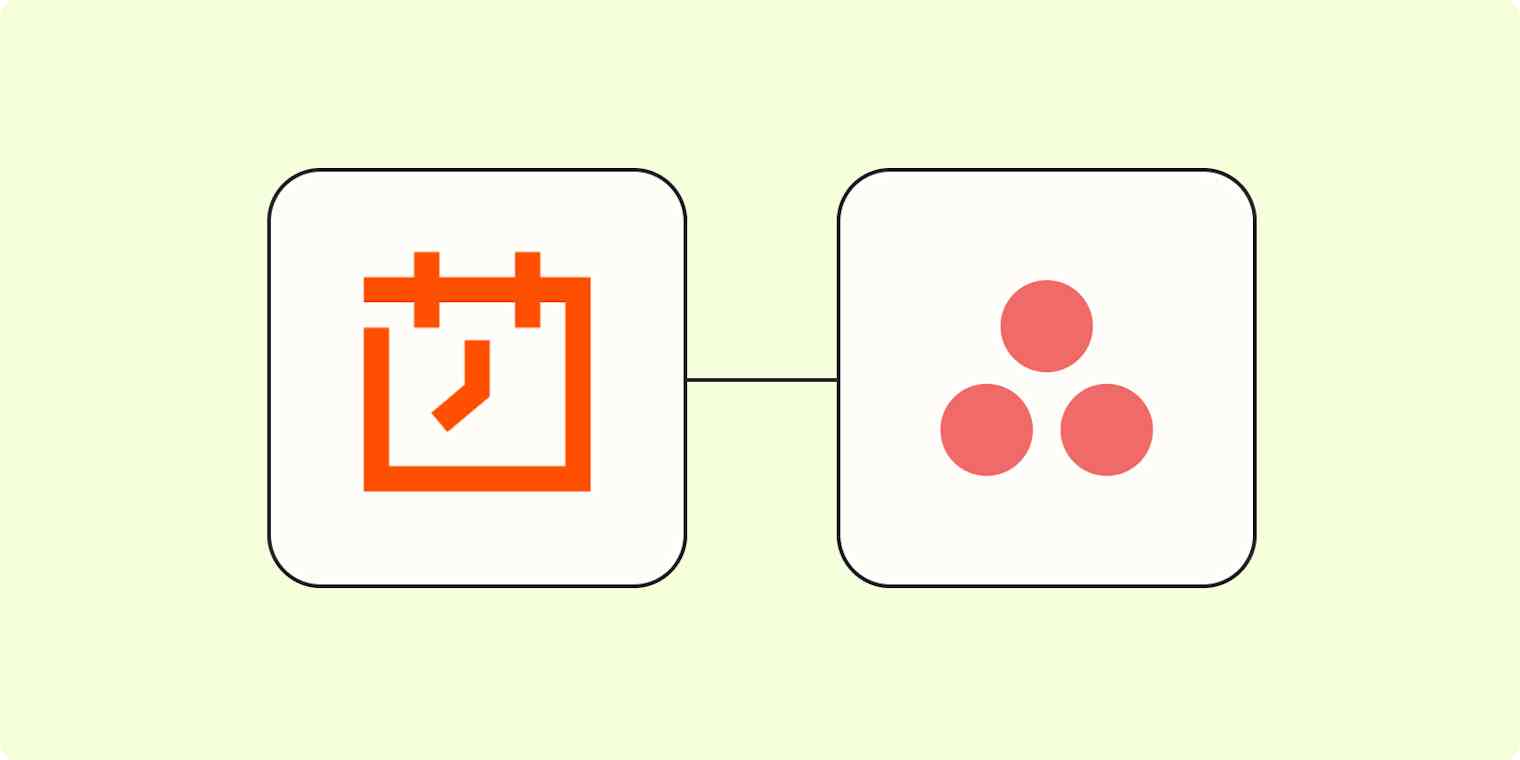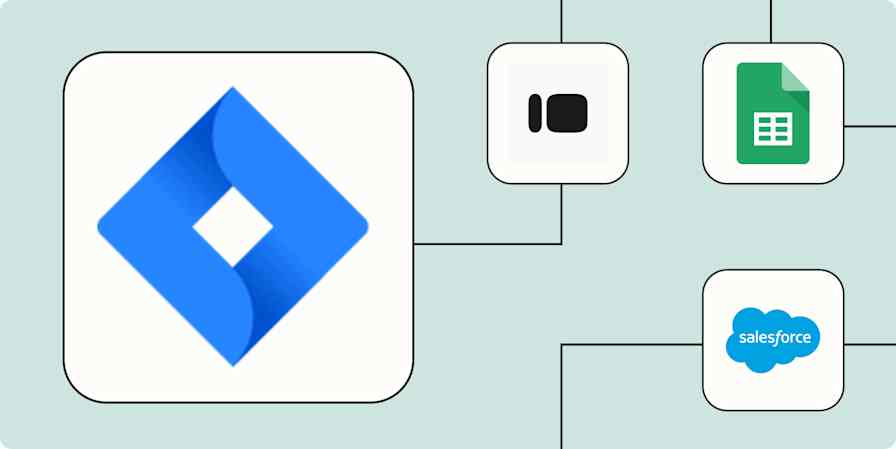Zapier tutorials
4 min readHow to create recurring tasks in Asana
By Khamosh Pathak · November 21, 2023

Get productivity tips delivered straight to your inbox
We’ll email you 1-3 times per week—and never share your information.
Related articles
Improve your productivity automatically. Use Zapier to get your apps working together.








